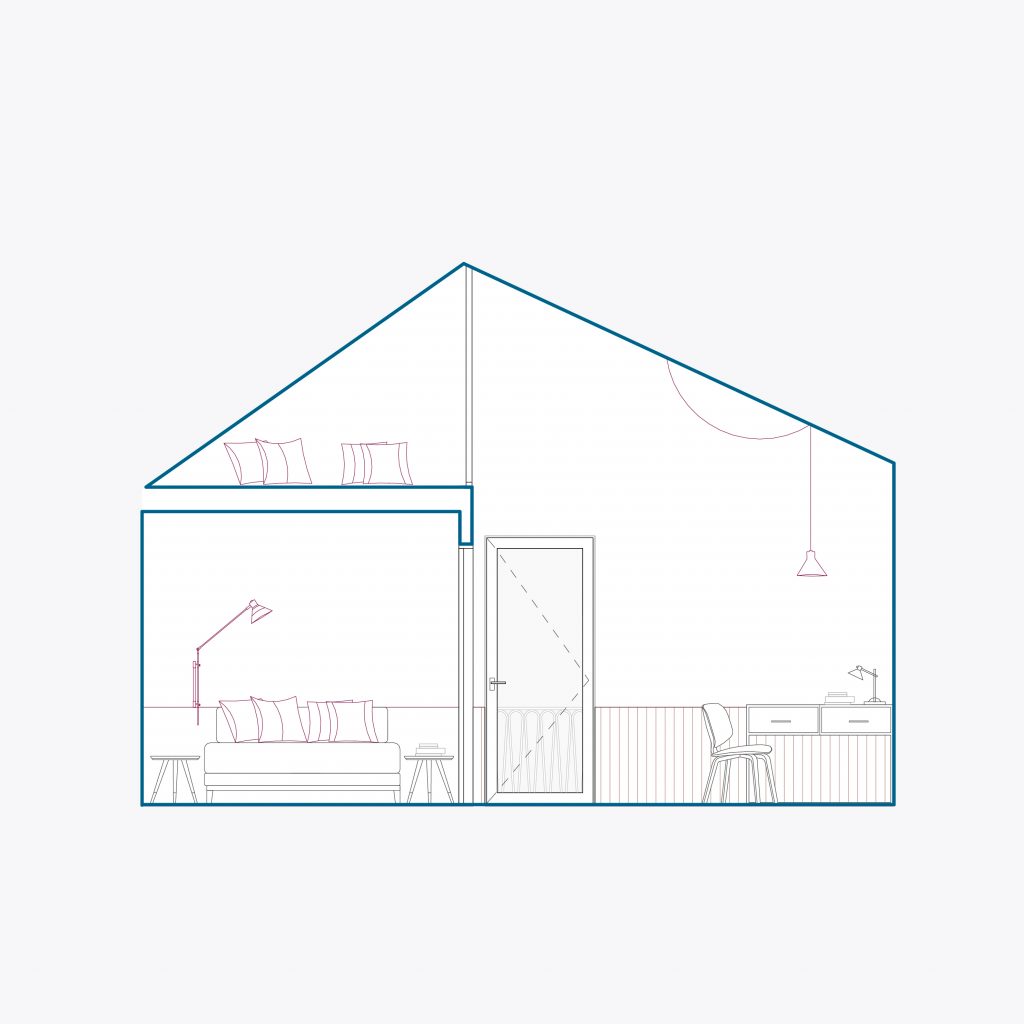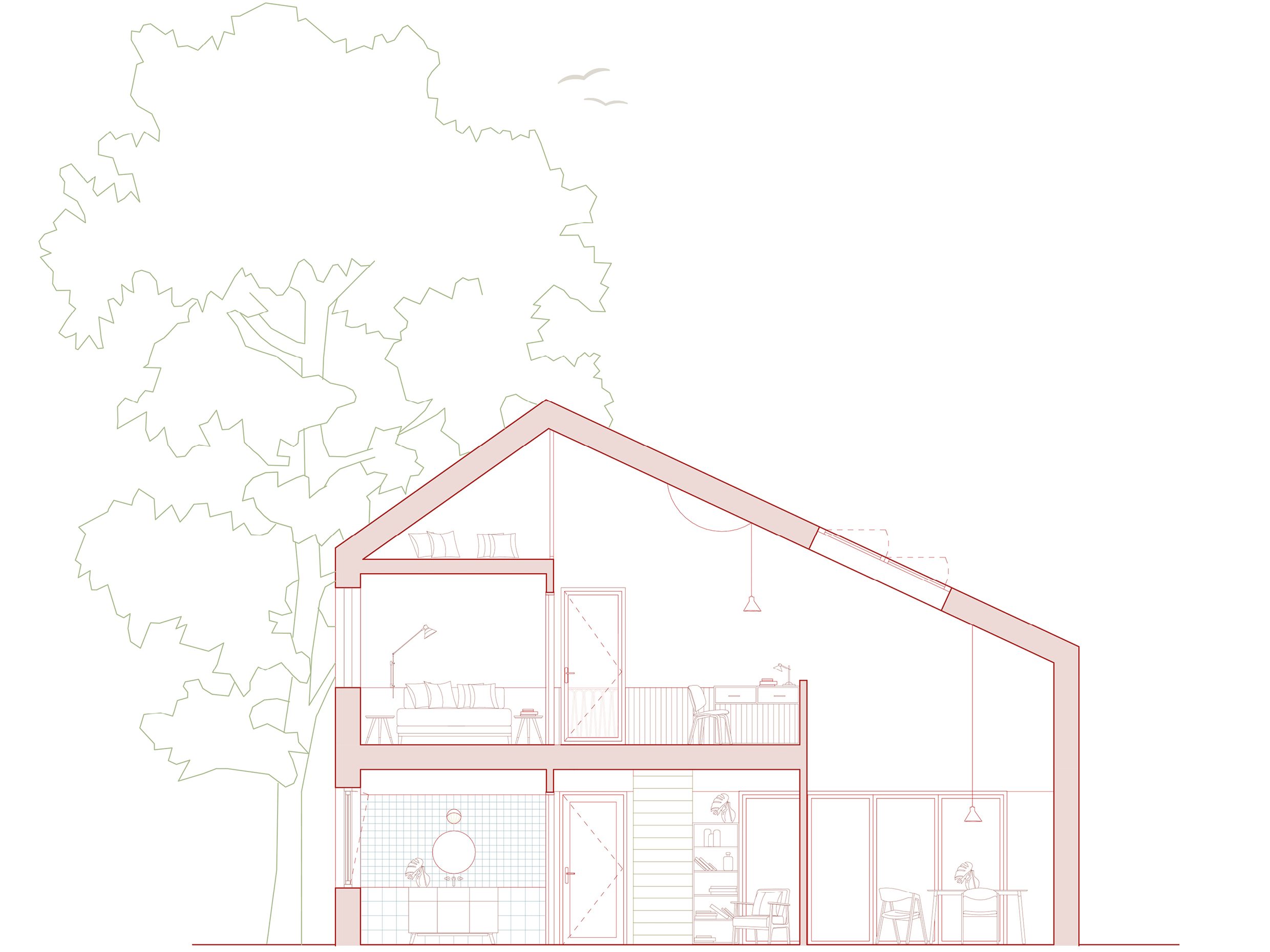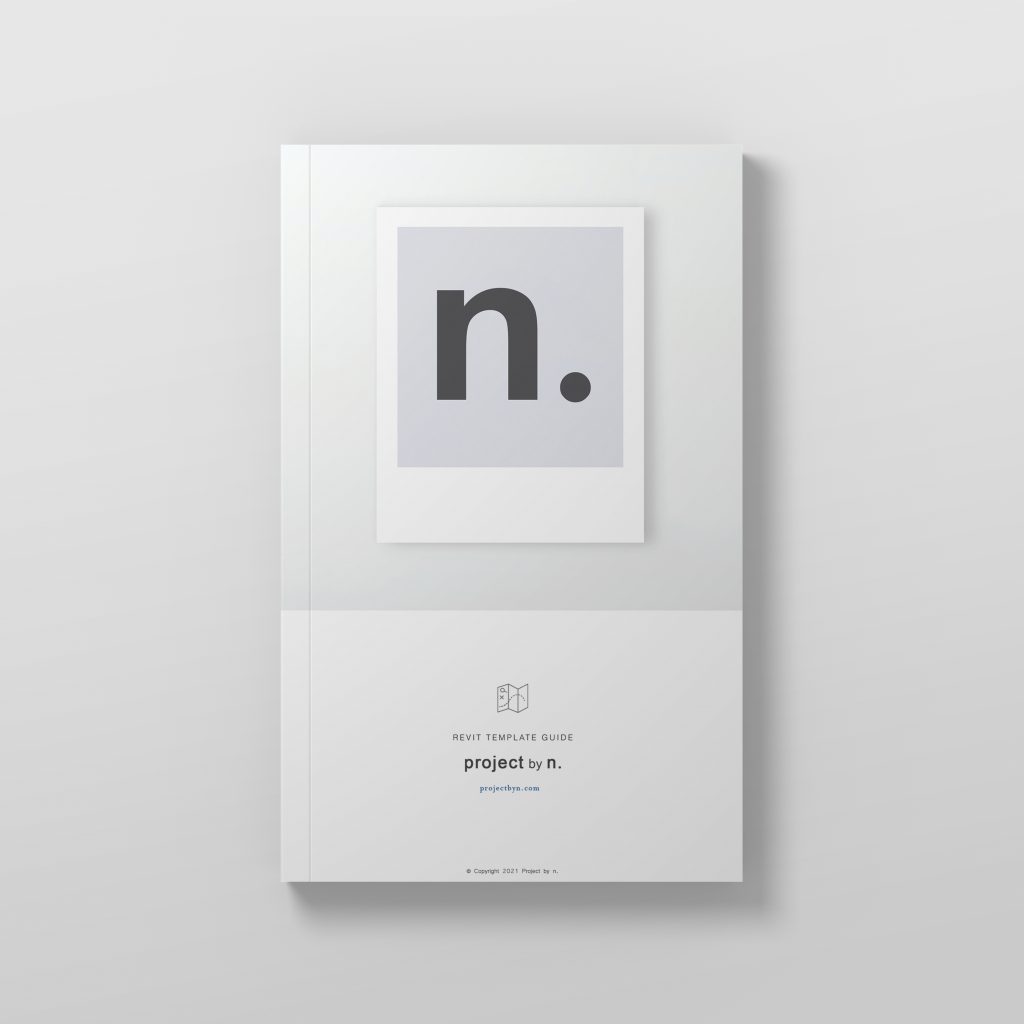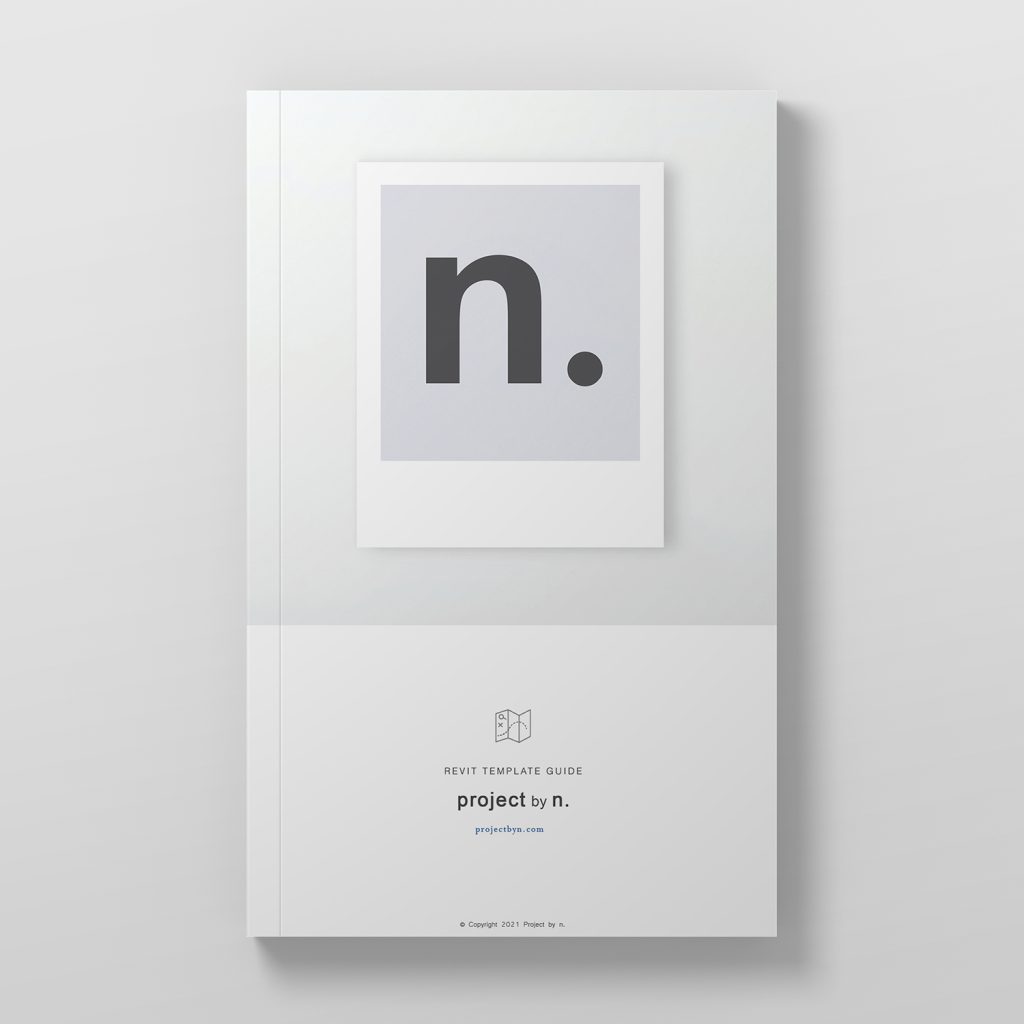
A common myth in the architecture industry is the belief that the benefits of working in BIM and using Revit software apply only to large scale or commercial projects. This couldn’t be further from the truth. As we will outline in this post, using Revit for small residential projects and one-off bespoke house designs has huge benefits to small architecture practices in terms of efficiency in the production of drawing information and in maintaining the consistency and quality of drawing output. We will explore Revit’s capabilities relevant to developing the finer details of a house’s construction and bespoke interior elements as well as its ability to calculate and schedule key components in the design. We will also outline the key advantages that Revit offers to architects specialising in small scale residential design and how they can overcome the initial challenges involved in setting up in Revit.

Coordination
Scheduling
Design Control
3D Environment
Time Saving

On bespoke house projects, it is very common that not every member of the wider design team such as structural or MEP engineers will use Revit, but does this mean it is not beneficial for the architecture team to deliver their scope of work through Revit. It is true that the benefits that can be derived from working in a BIM environment with a complete design team committed to delivering the project in Revit, cannot be fully realised when this is not the case. However, with the compatibility of Revit with 2D drafting software, there is still a means to link in and cross reference consultant drawings and information using 2D views in the model in a similar way as this would be carried out in the traditional CAD method by overlaying 2D drawings. The advantage of doing this in with a residential Revit model, is that the architect has a great understanding of the 3D volume into which these consultant drawings relate. In many cases, Architects can quickly model in simplified placeholder structural or MEP elements based on the consultant drawings, to test how these will fit in the 3D volume.
The power of Revit to generate all 2D drawings and views simultaneously is possibly the greatest time saving advantage of using the software. Not only does this save many hours of time in drafting each plan, section and elevation drawing from scratch, but it also make all changes and modifications to the drawings simultaneous. The tremendous time wasted in cross referencing dimensions, annotations and tags across a set of 2D CAD drawings is completely eliminated and there can be greater confidence in the accuracy of the drawing information generated.
The main advantage of working in Revit for a small residential project, is the ability to cross check all information quickly and effectively. For example a window schedule will always contain the same window number as the window tag on the plan and elevation drawing. The window type, dimensions and materials will all be consistent across schedules and drawings without the need to cross check and manually enter the information.
Designing a house project in the 3D and 2D realm simultaneously has the added benefit of helping both the architect and client understand the house as a volume, rather than just a 2D drawing. This undoubtedly leads to a smoother and more transparent design development process and is a powerful communication tool for the architect. A 3D design model offers Architects the ability to communicate and sell their ideas to clients, planners and other stakeholders.
A common practice for small architecture firms working on single dwelling project is draft the drawings in 2D using a CAD software such as AutoCAD and to separately build a 3D model using a different software such as sketch up. This leads to a constant disconnect between the 2D design drawings being produced and the 3D views being generated. Much accuracy and detail can be lost between the two and in many cases updates between the two software’s can lag. This can be exasperated where more than one team member is working on the projects and one for example is working on the 3D model and the other on the 2D drawing output.
For architects who work primarily on domestic projects, working in Revit allows a greater degree of control over the coordination of services within the building as well as giving a greater understanding how all elements of the project go together to make up the building.
When other members of the design team also work in Revit (the structural or MEP engineer for example), this gives the architect a greater degree of control over the coordination of the structure and services within the building, as well as a more holistic understanding of how all elements of the project go together. This is invaluable in enabling architects to foresee potential coordination issues and to resolve them early in the design process, which saves considerable time and money during construction. Building a 3D model of the house will also flag up tricky interfaces and junction details early in the process, which could very easily be overlooked in a 2D drafting environment.
Populating and updating door, window and room schedules is made very efficient through the use of BIM. Similar to the above analogy of working on 2D and 3D file separately for the same project, this is how traditionally we work with quantities and schedules. They are manually calculated and populated as something separate from the software that generates the design drawings. Revit radically changes this by automatically calculating quantities and populating schedules. The benefits of this automated process for large scale projects is clear, however this also helps exponentially when preparing scheduling documentation and costing information for small residential projects, regardless of these quantities being far less complicated to calculate.
For many practices taking on domestic projects, house renovations and extensions form a large part of their portfolio of projects. The common tendency is to carry out these projects in 2D CAD as it is a commonly believed myth that this is a more suitable software for dealing with an existing condition. When dealing with an existing structure, in renovation and extension projects, Revit has tool and process to deal with this effectively and clearly. The existing structure and conditions must first be modelled from the 2D survey or imported into the model from the 3D survey. Phases are a Revit tool that allow you to filter elements by their stages in a project for example, existing and new are common phases for a renovation or extension projects. Setting up phases in Revit is straightforward, follow this link to learn more.
It is a common myth that Revit is not a suitable too for bespoke one off housing projects. As experienced Revit users across both small and large projects from a variety of sectors, we believe that developing a bespoke house designs through Revit has the same benefits as building a large multistore commercial or residential building. We would not dream of using any other software for this purpose. For freelance architects, sole practitioners and small architecture practices starting out in Revit, committing to develop all your house projects through Revit, will over time build in powerfully efficient workflows in developing your house design projects that will increase over time with each project delivered. There are a multitude of ways to use Revit tools in innovative ways to achieve bespoke facades, roof forms, building components and joinery. Revit’s ‘curtain wall tool’ is a great example of this. It not only builds curtain walls as we understand them as non-structural glazing and cladding systems, but is a very flexible tool in creating any interior or exterior walls that are bespoke in nature or are made up of a series of different materials, panels or components.
The main drawback of upgrading to Revit for many small practices is the perceived high cost that is involved at the outset. In the today’s competitive markets, it can be a challenge to invest the time and money in keeping up with current technology. Some would argue however that the current competitive environment is exactly why it is of paramount importance to invest in keeping up with new industry standards and innovations. This endeavor will to give your business a competitive edge regardless of its size. Introducing Revit software and BIM processes and workflows to your architecture practice offers an opportunity to be more completive by expanding your business offering to existing and potential clients.
There are ways to minimise the cost burden of updating to Revit by approaching the transition in a more cost effective way. One way is to stage the transition by purchasing only a minimum required number of Revit license and building these up over time as your practices take on more and more Revit based projects. The other way to save on cost is to purchase Revit LT instead of the full Revit package. Revit LT has been especially developed for small architecture offices and for use on small scale projects such as houses. For a fraction of the cost of a full Revit licence, Revit LT will equip you will all the tools necessary to effectively carry out a project in Revit.

Revit LT is a streamlined alternative to Revit that includes all the necessary capabilities for architects. It is far more cost effective and has been developed to help smaller practices to transition to using BIM.
We briefly outline the main differences between the features of Revit and Revit LT below. A full comparison matrix of both versions of the software can be found in the link below:
https://www.autodesk.com/products/revit/compare
Probably the main difference between Revit LT compared to full Revit, is that it doesn’t allow work-sharing. In other words, only one user at a time can have the model open, there is no central model or synchronising from local files. (To learn more about work-shared models, see our post: What is a work shared model?) A non-workshare model will usually work fine for a small scale or domestic project where there is usually only one user working on the drawings at any one time. For larger projects it is important that two or more team members can work on the same file at once from the office or cloud based server.
Revit LT does not contain the full suite of MEP + Structure modelling tools as with the full Revit version. In most cases, this is not an issue for architects as these tools are extremely rarely used in an architecture practice unless the practice also offers engineering design services. External Revit models or Consultant models such MEP and structures can however be linked into the architecture model in the same way as the full version of the software.
Revit LT also only renders in the cloud not within the software itself. This is also not a major disadvantage as Revit’s cloud rendering capabilities are quite effective and fast, and do not require your own computer power the process. Rendering on the cloud is free for drafts but users must pay for credits to carry out more high resolution images. Renders cost approximately between £1 and £5 for depending on the quality of the resolution. The advantage of rendering in the cloud is that it doesn’t take hours to render an image in high resolution and it doesn’t slow down your computer or stall Revit while rendering. The process is carried out on the cloud rather than your computer, so it is often worth the little extra cost.
The link below provides an overview to Revit Cloud Rendering:
https://www.autodesk.com/products/rendering/overview

To save yourself the time and effort of creating a Revit template from scratch, we have done all the work for you! Through rigorous testing and development we have built a full Revit Graphic Template for purchase. To learn more about our custom made templates, download our Free Template Guide from our home page. Visit our home page or our LinkedIn page for further information.
